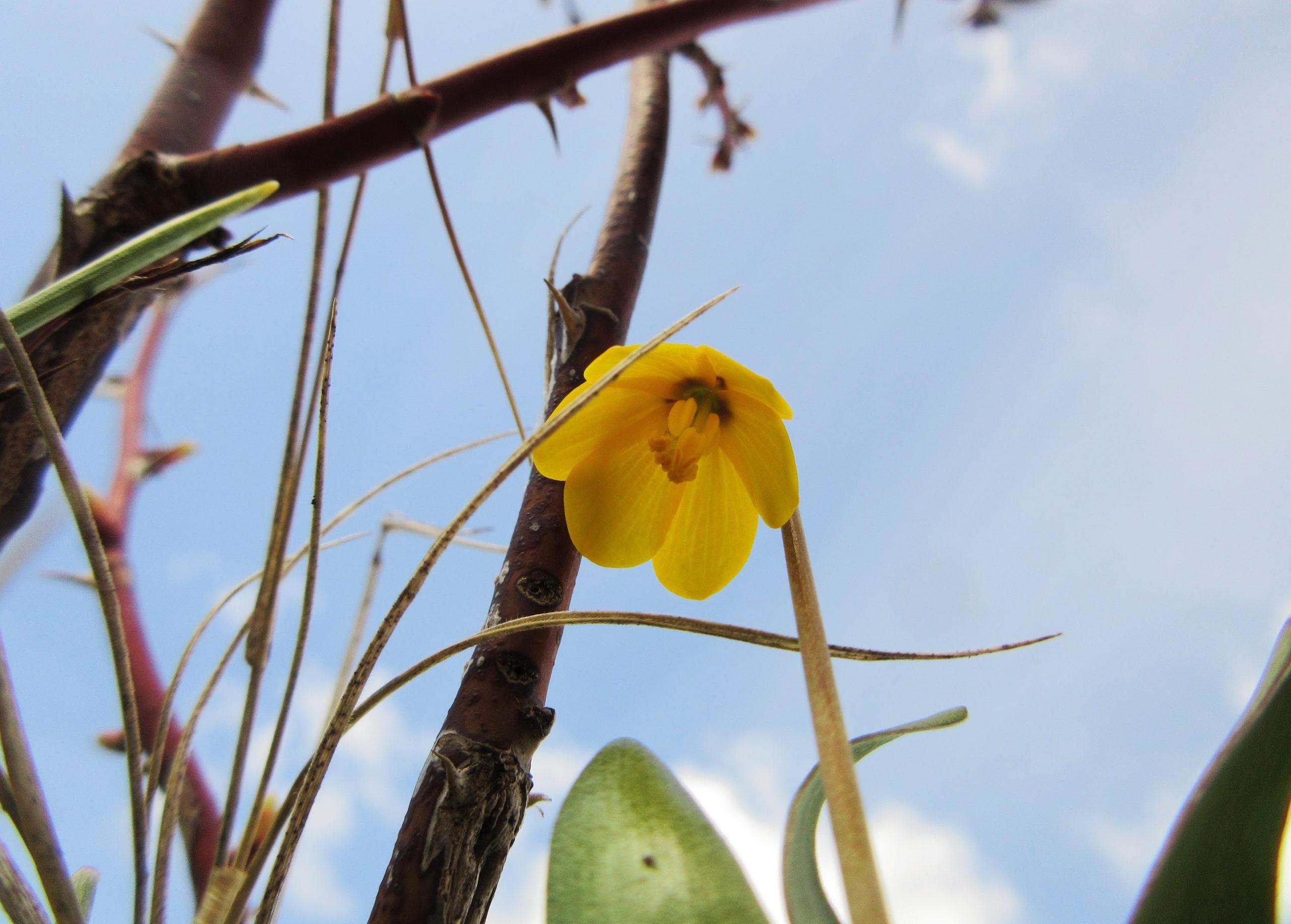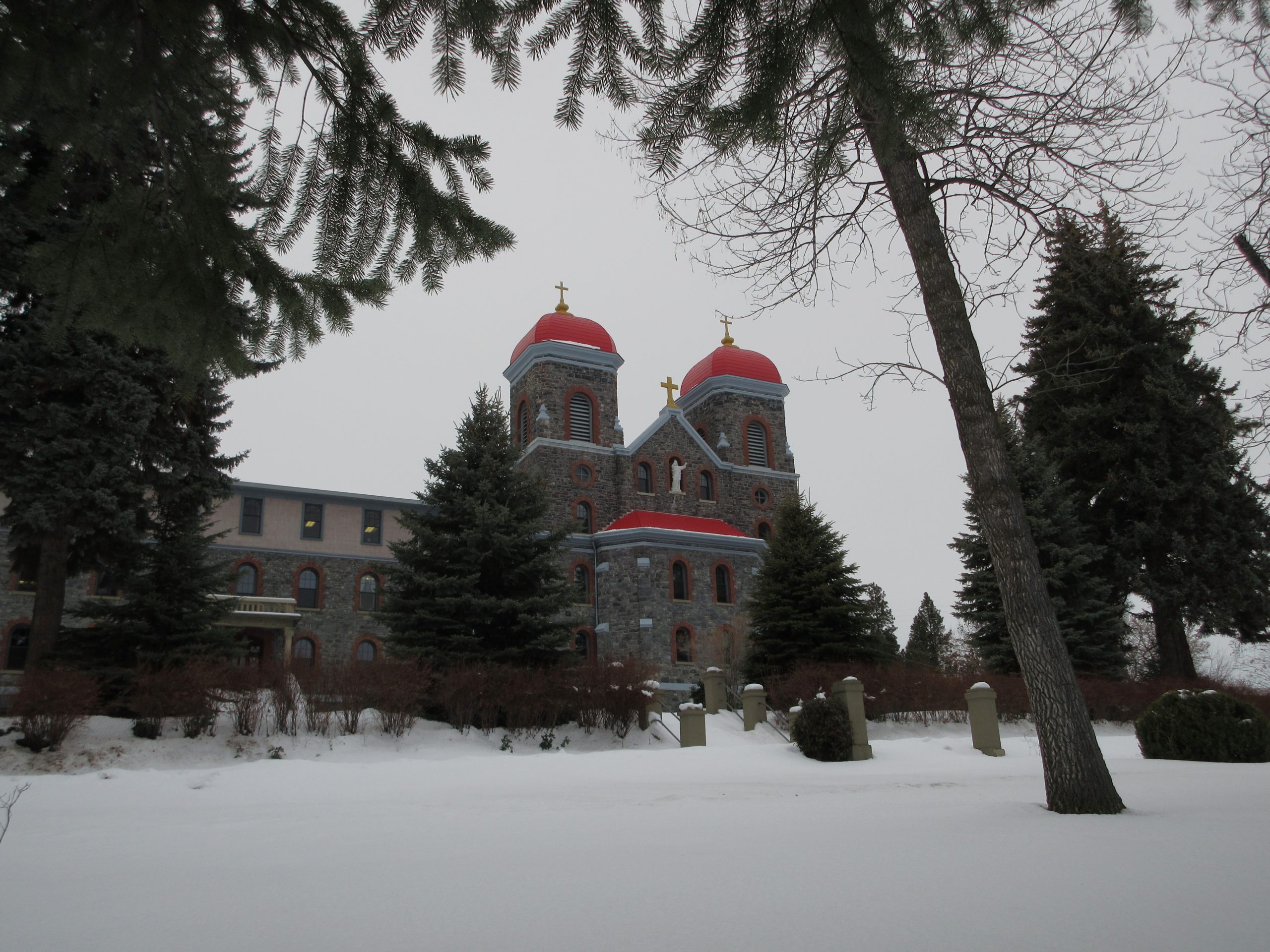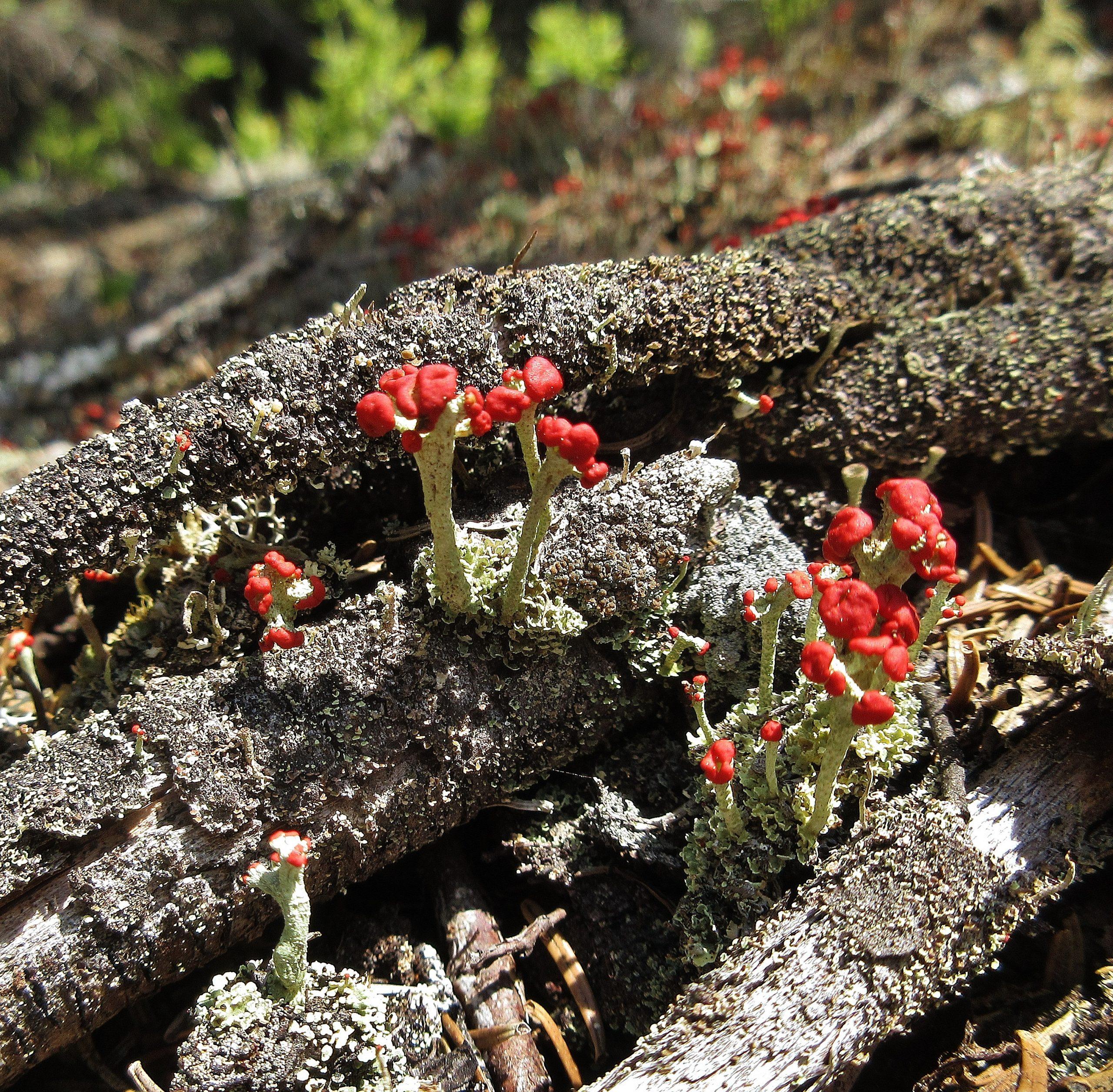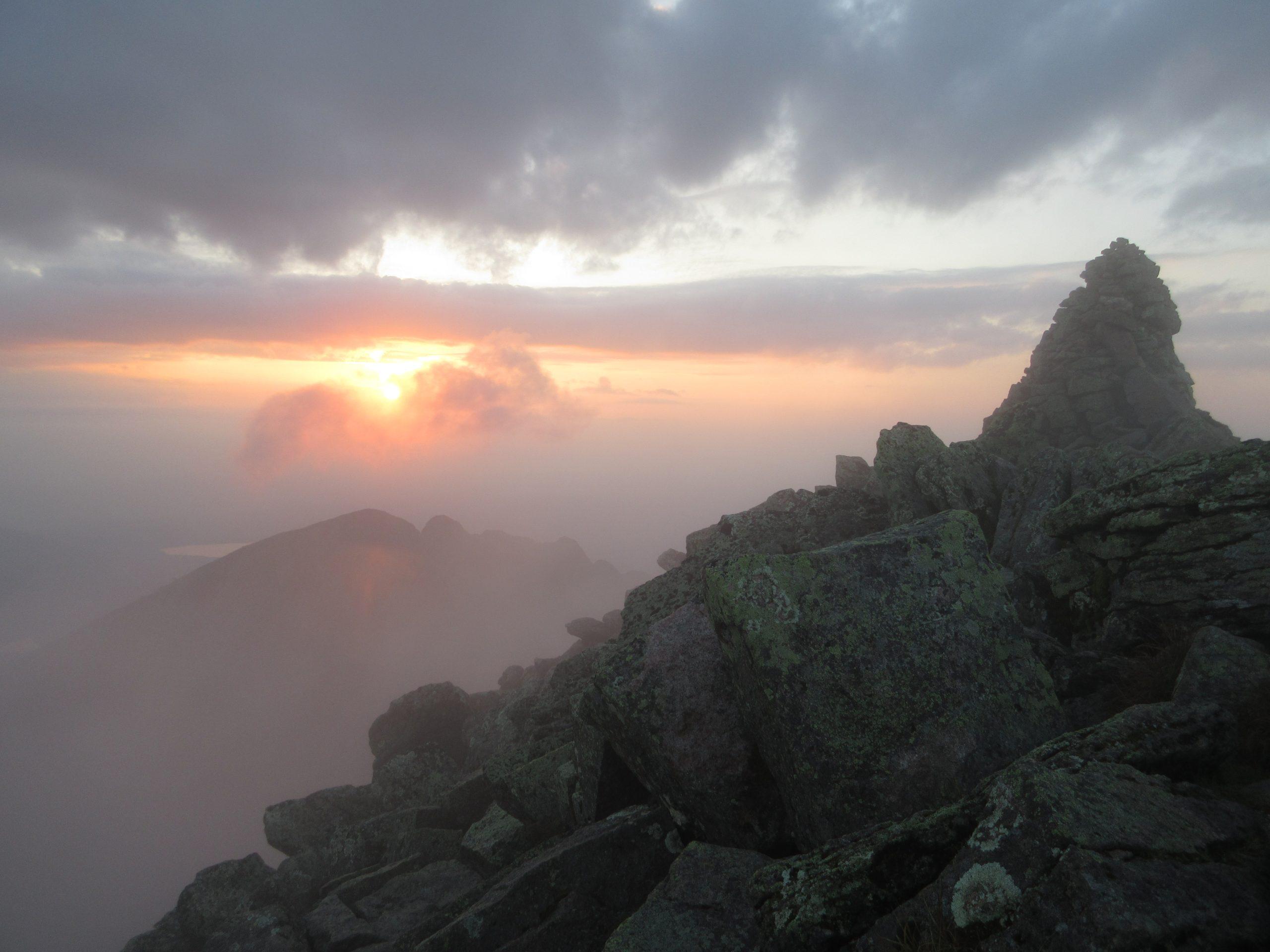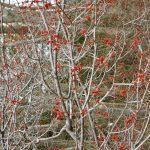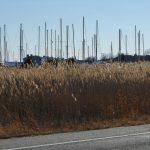Since my last post, I’ve spent another six days traveling on the Chesapeake & Ohio Canal towpath. I go for long stretches without seeing any other hikers or bikers; occasionally, a squirrel scampers across the path ahead of me or I spot some white-tailed deer. As the new leaves grow bigger on the trees, I often feel I’m walking through a “green tunnel” (this description is commonly used for the Appalachian Trail as well).

There are flowers bordering the path, blooming on trees and bushes, and — in one spot above the Potomac River — they were even growing from a vertical rock face. Sometimes the air is sweet with the scent of blossoms.
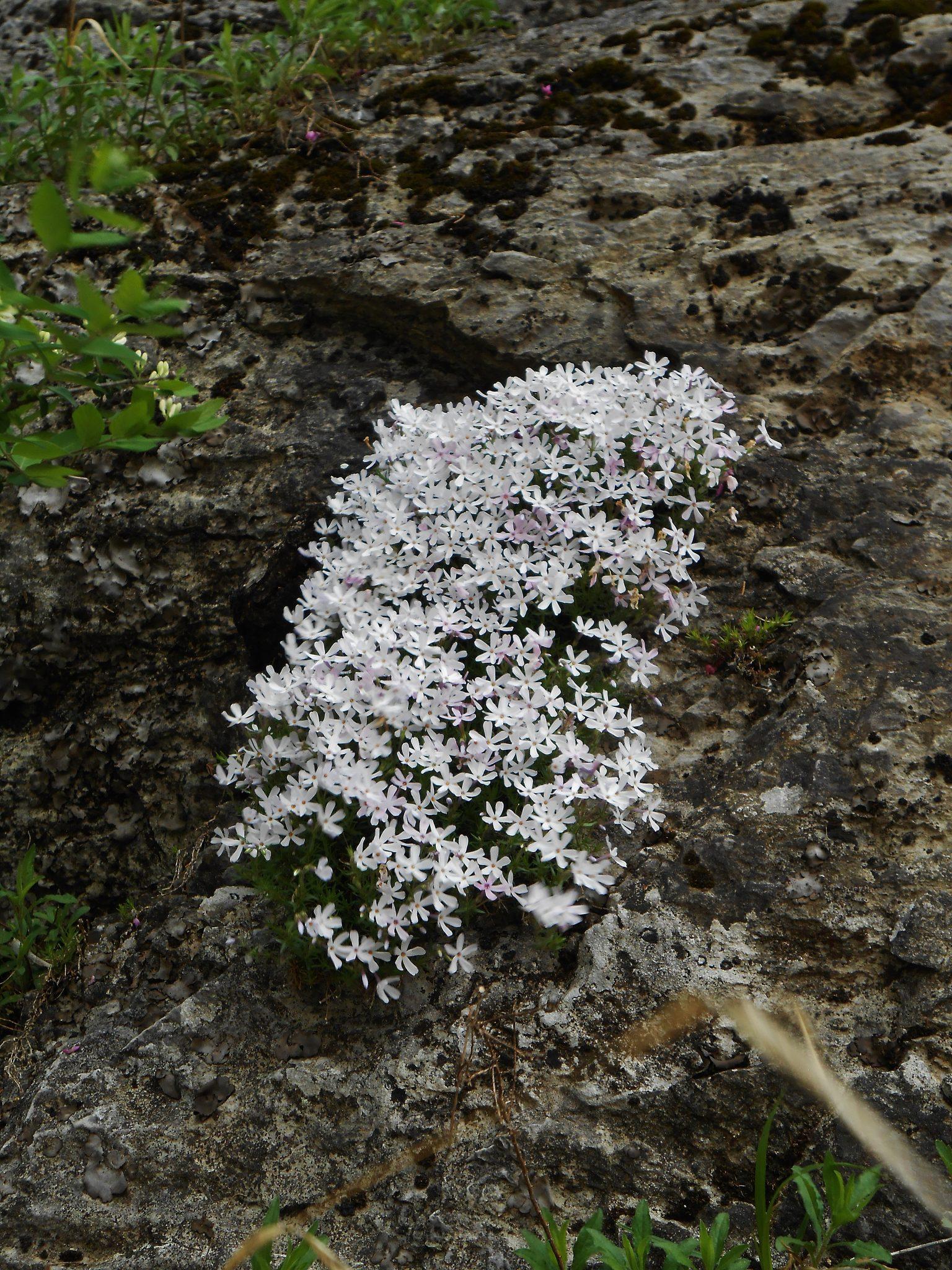
Every tree, every flower, every blade of grass — every plant and creature on Earth — is a miracle in its own right, life springing from the alchemy of inanimate elements and sunlight. A forest is a miracle many times over, an interconnected web of species, each with its own role to play in the larger community.
Even the ground beneath our feet is astounding, when we pause to consider it. When plants or animals die, a whole army of small organisms — insects, spiders, worms, fungi, microbes — breaks down their remains, recycling them into fertile soil that will give rise to new life. Through the soil runs the forest’s equivalent of our Internet — a network of fungal filaments that connect the roots of trees, allowing them to communicate with their neighbors. Trees with extra nutrients can send them to fellow trees who are in need. A tree under attack by insects can send a warning to others nearby to prepare their defenses.
And the air we breathe! All of you reading this post probably know about photosynthesis, but how often do we stop to marvel at the process? Plants take in the carbon dioxide we exhale and combine it with water, using the power of the sun. The result? The oxygen we inhale, as well as sugar, the basic food source for all life.
It’s easy to forget that, each time we step outdoors, we’re surrounded by miracles. And, of course, each one of us is a miracle too.


